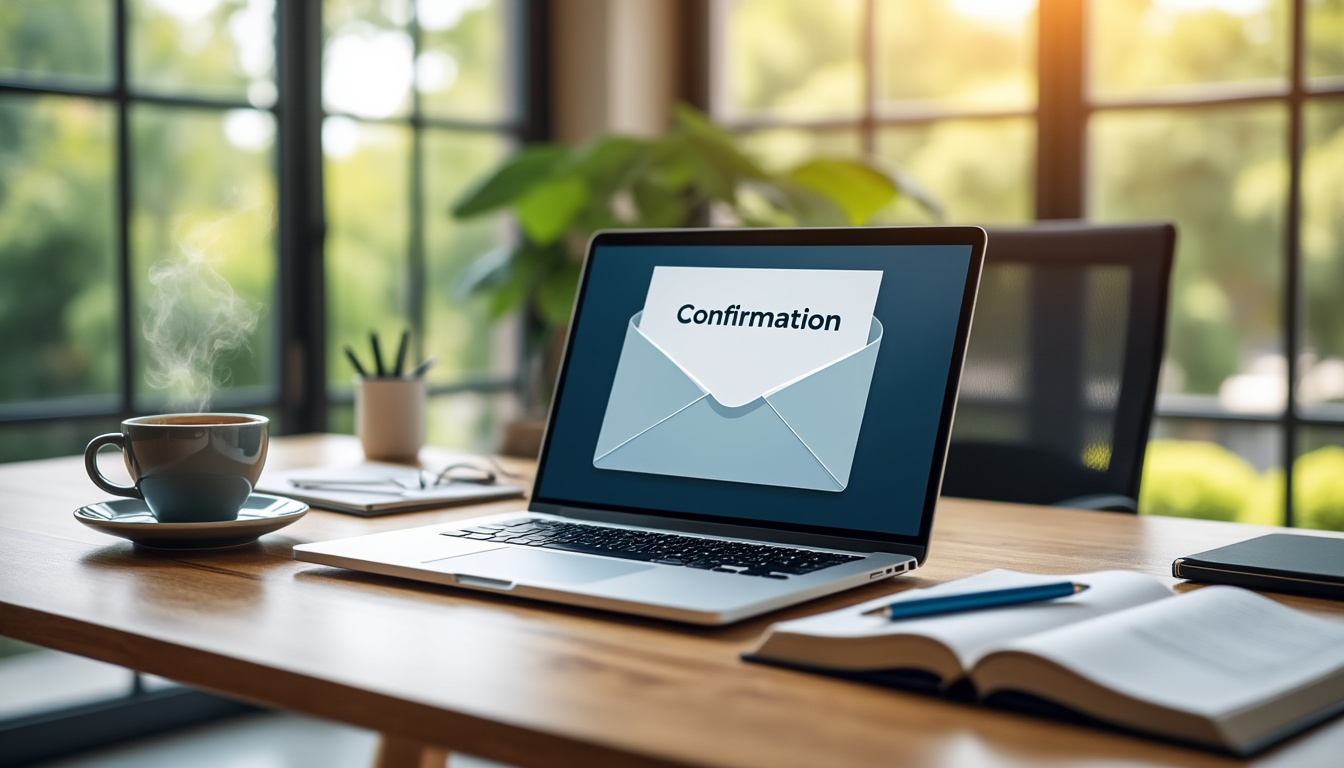In a world drowning in competition, capturing the fleeting attention of customers has become paramount. As of 2023, LinkedIn boasted nearly 23 million users in France alone, making it a goldmine of potential clients for freelancers and businesses alike. To capture attention and engage your target audience on this platform, a well-crafted strategy is essential, with mastering the art of the engaging selling phrase being the crucial first step. How can you turn a mere introduction into a game-changing business opportunity? Here are the keys to captivating your customers with a compelling hook that truly makes an impact.
Understanding the Importance of First Impressions
The initial impression you leave is often the most impactful. On a professional network like LinkedIn, your profile serves as your storefront, and how you present yourself can significantly affect your success. For instance, having a professional-looking profile picture can increase your chances of being contacted by 15 times. Yet, the presentation doesn’t end there; it’s equally about showcasing your skills and personality without leaving your profile incomplete.
Enhancing Your Profile Picture and Brand Image
A clear and engaging profile picture is essential. Consider the following key elements when choosing your image:
- Confident posture: A stance with crossed arms conveys seriousness.
- Sincere eye contact: Looking directly at the camera instills trust.
- Authentic smile: This fosters an emotional connection.
- Professional attire: Choose clothing appropriate for your industry.
Customizing Your Profile to Grab Attention
Personalizing your profile is key to attracting potential clients. Ensure you thoroughly fill out every section, including your experiences, skills, degrees, and interests. A comprehensive profile not only demonstrates commitment; it sends a strong message to your prospects that you are serious and ready to offer them the best solutions.
| Section | Importance |
|---|---|
| Professional Experience | Proves your expertise |
| Skills | Positions you as an expert |
| Recommendations | Enhances credibility with clients |
Clearly Presenting Your Area of Expertise
It is crucial to convey your area of activity precisely. What is your specialty? What solutions do you provide? A straightforward yet powerful selling phrase can propel you forward. Pair this with an inspiring tagline that reflects your entrepreneurial spirit.
The Power of Recommendations: An Indispensable Asset
Testimonials are a hallmark of credibility on LinkedIn. If you have collaborated with satisfied clients, don’t hesitate to ask them for a recommendation on your profile. Here’s why:
- Recommendations reassure prospects of your competence.
- They demonstrate your professionalism and commitment.
- They foster positive word-of-mouth, which is essential for your success.
Creating and Sharing Engaging Content
To be active on LinkedIn means not only having a polished profile but also sharing valuable content. Whether it’s stories of past experiences, video testimonials, or articles on emerging trends in your industry, maintaining visibility is key. Always include a call to action in your posts to provide easy access to your services.
Building an Emotional Connection with Prospects
Your personality should shine through in your interactions. Authentic communication fosters a deeper emotional connection with potential clients. Share personal anecdotes, successes, and even failures. These vulnerable moments humanize your exchanges and create relatability.
The Art of the Sales Hook: Learn to Captivate
Beyond your profile, your selling hook is what truly matters. Here are essential elements to include in order to catch attention:
- Clarity and simplicity: Ensure quick comprehension.
- Originality: Stand out from the competition.
- Audience-specific adaptation: Engage in relevant dialogue.
- Value promise: Address their needs directly.
- Emotional relevance: Forge a connection.
- Clear call to action: Encourage engagement.
Common Pitfalls When Crafting a Sales Hook
Writing a potentially damaging sales hook requires a careful approach. Avoid these common traps:
- Steer clear of complex formulations that could lose attention.
- Avoid making unrealistic promises that could induce doubt.
- Do not overlook the genuine needs of your prospect.
- Refrain from overly focusing on yourself instead of the client.
Finding Inspiration for Your Hooks
While crafting your hooks, seek diverse sources of inspiration. Analyze what your competitors are doing, integrate proven copywriting techniques, and listen to client feedback. Creativity peaks when ideas are drawn from various platforms and methods.
Examples of Effective Hooks by Sector
To give you a head start, here are examples of hooks tailored for different industries, from services to real estate:
| Sector | Hooks |
|---|---|
| B2B | Boost your sales by 25% with our innovative CRM. |
| B2C | Transform your home without breaking the bank! |
| E-commerce | Enjoy 20% off your first order. |
| Services | Simplify your administrative management with our all-in-one solution. |
| Real Estate | Sell your property 30% faster with our expert guidance. |
Attracting clients with a compelling selling phrase hinges on performance and adaptability. By understanding their needs, creating emotional ties, and implementing effective hooks, your presence in this competitive landscape will make a difference. Never underestimate the power of first impressions!
FAQ
- What makes a great selling phrase? A great selling phrase should be clear, engaging, and tailored to your audience, with a strong call to action.
- How important are recommendations on LinkedIn? Recommendations are crucial as they bolster your credibility and showcase your expertise to potential clients.
- Why is content sharing essential? Sharing content increases your visibility, establishes your authority, and keeps your audience engaged.
- How can I measure the effectiveness of my hooks? Track engagement metrics such as clicks, shares, and conversions to gauge the success of your hooks.
- What common mistakes should I avoid when crafting my profile? Avoid incomplete sections, generic statements, and neglecting to showcase your personality and skills.













